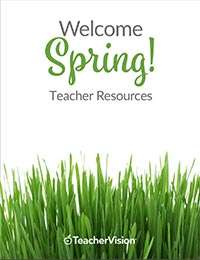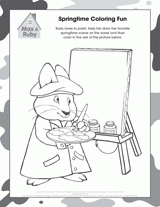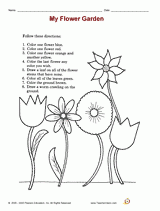Use a School Readiness Activity to provide early language thinking experiences for preschool children that will prepare them to do well in the early grades.
Grades:
Subjects:
Describing the Neighborhood
Purpose/Skills- To use increasingly complex language, including words that name and describe
- To build vocabulary
Materials
Clipboard and writing paper (or strong pad), pen, chart paper
neighborhood
town
city
Literature Suggestion
Read A Pocket for Corduroy by Don Freeman, or any book that features an interesting neighborhood.
Warm-Up
- Look through the pictures in the book.
- Explain that a neighborhood is a place where people live. A neighborhood includes all the buildings, people, animals, plants, and things in a place.
- Challenge children to describe the neighborhood in the book.
Procedure
- Tell the children that they are going to explore the neighborhood nearby. Explain that you will be their assistant. They will describe what they see and hear in the neighborhood, and you will write their words on paper.
- Take a walk around the neighborhood. Have children tell you what they see. Encourage children to look for vehicles, stop lights, animals, signs, stores, houses, plants, parks, and people. Then have them focus on what they hear.
- When you get back from your walk, read the list aloud. Make a chart of the items from your list, with little picture symbols next to the words. You may want to include categories such as People or Buildings.
Make a big neighborhood mural using cut-out pictures and drawings. Write labels for all the items on the mural.
Observation Assessment
- Proficient - Child is able to name five or more things in the neighborhood, from a range of categories, using a rich vocabulary to describe them.
- In Process - Child is able to name a few, common things in the neighborhood from no more than two categories, and can briefly describe some of them.
- Not Yet Ready - Child points to or names only one or two common objects, or does not name or describe them.












